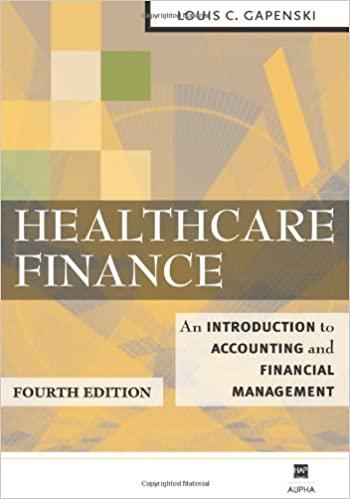whoever solve this question should answer every part in this question. i know some of you will just answer one part of question and then say i will not answer the other question!!! all of these questions are in one question so i cant post them spreatly.

4. The cost of retained earnings It a firm cannot invest retained earnings to earn a rate of return should return those funds to its stockholders. the required rate of return on retained earnings, less than The cost of equity using the CAPM approach greater than or equal to The current riske free rate of return (w) is 4.67% while the market risk premium is 6.17%. The Hurris Company has a beta of 0.92. Using the croital asset pricing model (CAPM) approach, Burris's cost of equity is 10.354 The cost of equity using the bond yield plus risk premium approach The Adams Company is closely held and therefore, cannot generate reliable inputs with which to use the CAPM method for estimating a company's cost of Internal equity Adams's bonds yeld 10.28%, and the firm's analysts estimate that the form iskremium on its stock over its bands is 4.95 Based on the bond yield-plus-risk premium approach, Adam's cost of internal equity is 19.044 1447 18.28 4. The cost of retained earnings If a firm cannot invest retained earnings to earn a rate of return should return those funds to its stockholders. the required rate of return on retained earnings, it The cost of equity using the CAPM approach The current risk-free rate of return (rp) is 4.67% while the market risk premium is 6.17%. The Burris Company has a beta of 0.92 Uxing the capital asset pricing model (CAPM) approach, Burris's cost of equity is 10.35% The cost of equity using the bond yield plus risk premium 9.315% 12.42% The Adams Company is closely held and therefore, cannot gend Inputs with which to use the CAPM method for estimating a company's 10.35% cost of internal equity. Adams's bonds yield 10.28%, and then estimate that the firm risk premium on its stock over its bonds is 4.95% Based on the bond yield-plus-risk premium approach, Adam's 11.385aequity is 15.239 19.04 14.47% 18,28% The cost of equity using the bond yield plus risk premium approach The Adams Company is closely held and, therefore, cannot generate reliable inputs with which to use the CAPM method for estimating a company's cost of internal equity, Adams's bonds yield 10.28%, and the firm's analysts estimate that the firm's risk premium on its stock over its bonde is 95 Based on the bond yield-plus-risk premium approach, Adams's cost of internal equity is 15.23% 19.00 14.475 18.289 The cost of equity using the discounted cash flow (or dividend growth) approach Grant Enterprises stock is currently selling for $25.67 per share, and the tum expects its persone dividend to be $2.35 is one year Andet thu fm's growth rate to be constant at 5.12. Estimating the cost of equity wing the discounted canh low for dividend rather what Grant's cost of internal equity? 20.07 1487 14.13% 14.8796 18.59% Estimating growth rates It is often difficult to estimate the expected future dividend growth rate for use in estimating the cost of existing equity using the DCF or DG approach In general, there are three available methods to generate such an estimate: Carry forward a historical realized growth rate, and opply it to the future. Locate and apply an expected future growth rate prepared and published by security analysts Use the retention growth model Suppose Grant is currently distributing 40% of its earnings in the form of cash dividends. It has a historically generated an average return on equity (ROE) of 10% Grant's estimated growth rate 14.13% 14.87% 18.59% Estimating growth rates It is often difficult to estimate the expected future dividend growth rate for use in estimating the cost of existing equity using the DF or DG approach In general, there are three available methods to generate such an estimate: . Carry forward a historical realized growth pakean apply it to the future. Locate and apply an expected future grow 6.0 repared and published by security analysts. Use the retention growth model, 70.00 9.40 10.60 as in the form of cash dividends. It has also historically generated an average return on equity Suppose Grant is currently distributing of (ROE) of 10 Grant's estimated growth rate is












